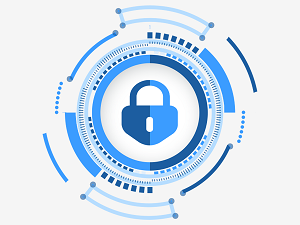FIPS 140-2 is a US government standard that specifies security requirements for cryptographic modules, such as hardware security modules (HSMs) and software libraries, that are used to protect sensitive information. FIPS 140-2 Level 3 is one of the highest levels of security certification available under this standard, and it requires that cryptographic modules have the following features:
- Physical Tamper Resistance: The cryptographic module must be designed to resist physical tampering, such as by using sensors to detect attempts to open or penetrate the module, or by using hard-to-reverse mechanisms to destroy sensitive data if the module is tampered with.
- Logical Tamper Resistance: The cryptographic module must be designed to resist logical tampering, such as by using techniques like code obfuscation or anti-debugging to prevent reverse engineering or tampering with the software.
- Identity-Based Authentication: The cryptographic module must have a mechanism for identifying and authenticating users, such as through the use of smart cards or biometric devices.
- Role-Based Access Control: The cryptographic module must have a mechanism for restricting access to sensitive information based on the roles and privileges of the users or applications that are accessing it.
- Strong Encryption: The cryptographic module must use strong encryption algorithms and key management practices to protect sensitive information.
- Physical Security: The cryptographic module must be installed in a secure environment, such as a secure data center, and must be protected from physical attacks, such as by using physical barriers or security guards.
- Audit Logging: The cryptographic module must have the capability to log all security-related events, such as user logins, access attempts, and system errors.
Examples of cryptographic modules that are FIPS 140-2 Level 3 certified include HSMs from vendors like Thales, Utimaco, and SafeNet. These HSMs are used in a variety of applications, such as:
- Payment Processing: HSMs are used to protect the encryption keys that are used to secure credit card transactions and other financial transactions.
- Government Applications: HSMs are used to protect sensitive information in government applications, such as secure communications, military systems, and law enforcement applications.
- Healthcare Applications: HSMs are used to protect sensitive patient information in electronic health records and other healthcare applications.
By using FIPS 140-2 Level 3 certified cryptographic modules, organizations can ensure that their sensitive information is protected against physical and logical tampering, and that only authorized users and applications are able to access it. This helps to prevent data breaches, identity theft, and other security threats.
